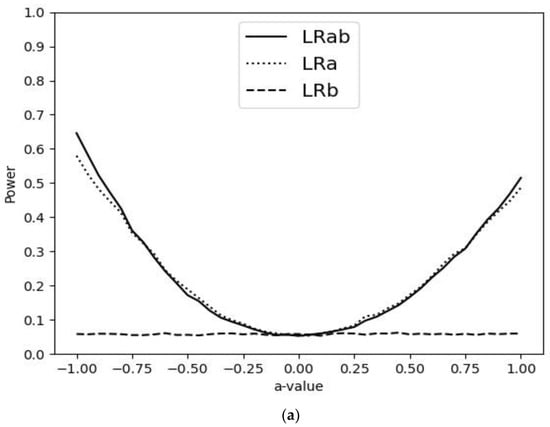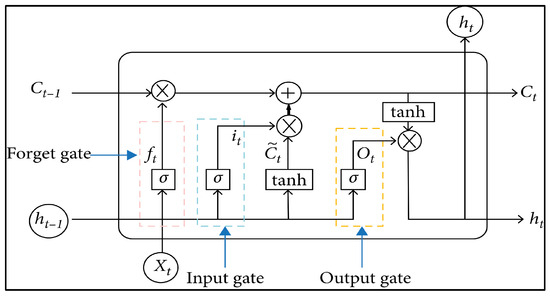This study investigates wind speed prediction using advanced machine learning techniques, comparing the performance of Vanilla long short-term memory (LSTM) and convolutional neural network (CNN) models, alongside the application of extreme value theory (EVT) using the r-largest order generalised extreme value distribution (
[...] Read more.
This study investigates wind speed prediction using advanced machine learning techniques, comparing the performance of Vanilla long short-term memory (LSTM) and convolutional neural network (CNN) models, alongside the application of extreme value theory (EVT) using the r-largest order generalised extreme value distribution (
). Over the past couple of decades, the academic literature has transitioned from conventional statistical time series models to embracing EVT and machine learning algorithms for the modelling of environmental variables. This study adds value to the literature and knowledge of modelling wind speed using both EVT and machine learning. The primary aim of this study is to forecast wind speed in the Limpopo province of South Africa to showcase the dependability and potential of wind power generation. The application of CNN showcased considerable predictive accuracy compared to the Vanilla LSTM, achieving 88.66% accuracy with monthly time steps. The CNN predictions for the next five years, in m/s, were 9.91 (2024), 7.64 (2025), 7.81 (2026), 7.13 (2027), and 9.59 (2028), slightly outperforming the Vanilla LSTM, which predicted 9.43 (2024), 7.75 (2025), 7.85 (2026), 6.87 (2027), and 9.43 (2028). This highlights CNN’s superior ability to capture complex patterns in wind speed dynamics over time. Concurrently, the analysis of the
across various order statistics identified
as the optimal model, supported by its favourable evaluation metrics in terms of Akaike information criteria (AIC) and Bayesian information criteria (BIC). The 300-year return level for
was found to be 22.89 m/s, indicating a rare wind speed event. Seasonal wind speed analysis revealed distinct patterns, with winter emerging as the most efficient season for wind, featuring a median wind speed of 7.96 m/s. Future research could focus on enhancing prediction accuracy through hybrid algorithms and incorporating additional meteorological variables. To the best of our knowledge, this is the first study to successfully combine EVT and machine learning for short- and long-term wind speed forecasting, providing a novel framework for reliable wind energy planning.
Full article





























